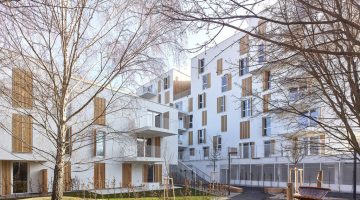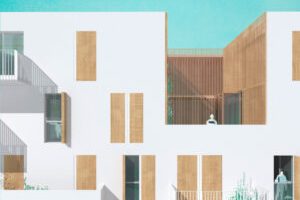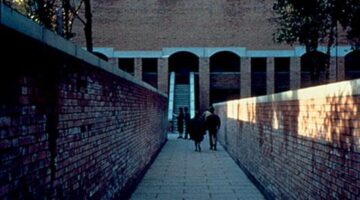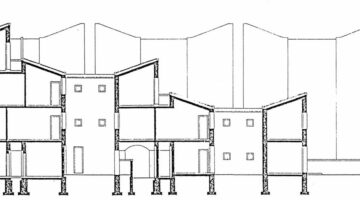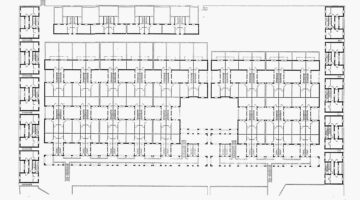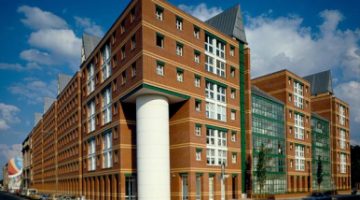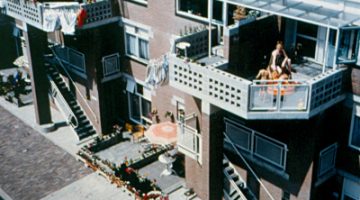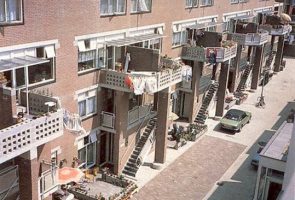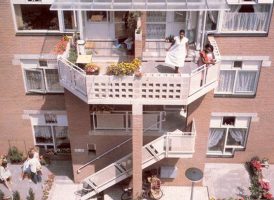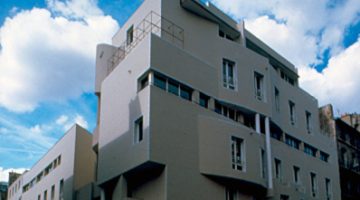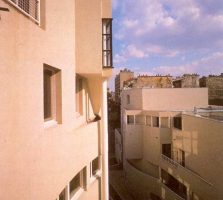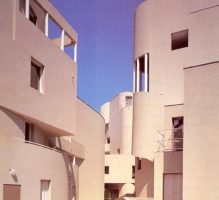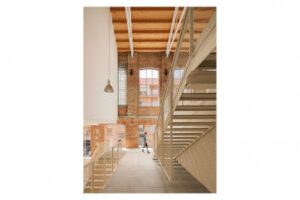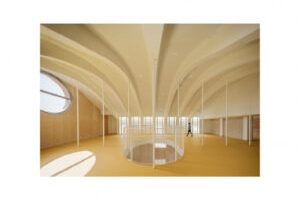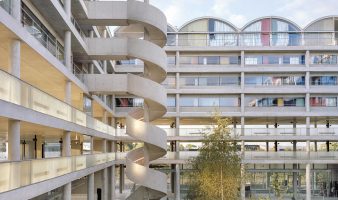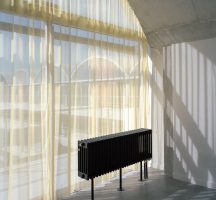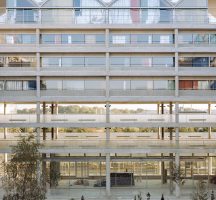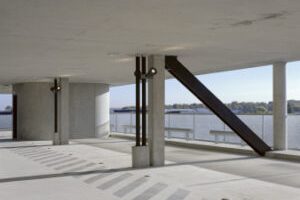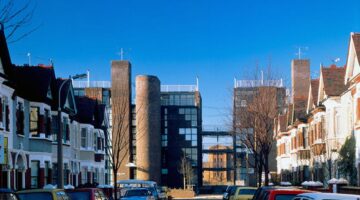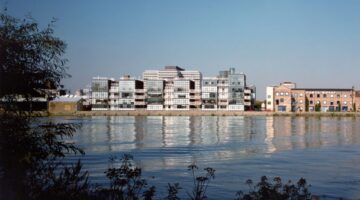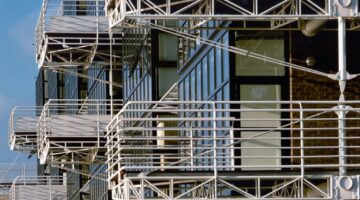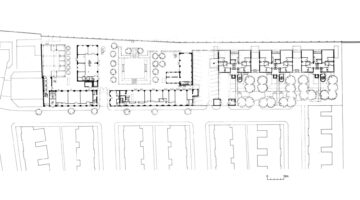Europan – Roubaix, France
Main objectives of the project
Date
- 2010: Construction
Stakeholders
- Architect: Bathile Millet
Location
City: Roubaix
Country/Region: France, Lille
Description
Villa Sarrail, a diverse and densified development, preserves the typological variety of the original Europan project. The architect reconstituted the building frontage and adjusted volumes to maintain typological variations. Multiple typologies and entrances were incorporated to promote diversity and encounters. The layout plan appears homogeneous, with dual-aspect apartments on the main street and rooftop houses on Rue Neuve. External spaces such as balconies and patios connect different parts of the development. The aim was to achieve social diversity while respecting densification requirements. The project also emphasizes the separation between public and private spheres and includes a route connecting the city and the residential heart of the island, along with housing extensions and shared spaces. The implementation process enhanced the project's morphological, functional, and social aspects. Villa Sarrail The architect succeeded to keep in the development of her project the typological variety present in the original Europan project.She reworked the project in two stages: first reconstituting the building frontage on all the plots, then changing the volumes in keeping with the typological variations. Multiple typologies to generate diversity, multiple entrances to facilitate encounter, are the basic principles of the team. The layout plan gives a deceptive impression of homogeneity: the frontage on the main street consisted of dual-aspect apartments, with small independent attic units above resembling rooftop houses. On Rue Neuve was a block of split-level apartments, and opposite the public car park, five four-storey townhouses. The different parts of the operation were bounded by decked external spaces, balconies or patios, available for use by the occupants.
The idea was to involve a social mix in a large typological variety while respecting the requirement of densification. Finally, this hypothesis was further amplified in terms of diversity through the work of precise distance between public and private spheres, by the development of a route between the city and residential heart of island, through the treatment of housing extensions and of shared spaces. Its implementation has revealed to all players in the operation of a value-added analysis process more complex but nevertheless leading the project on enriched morphological, functional or social tracks.




